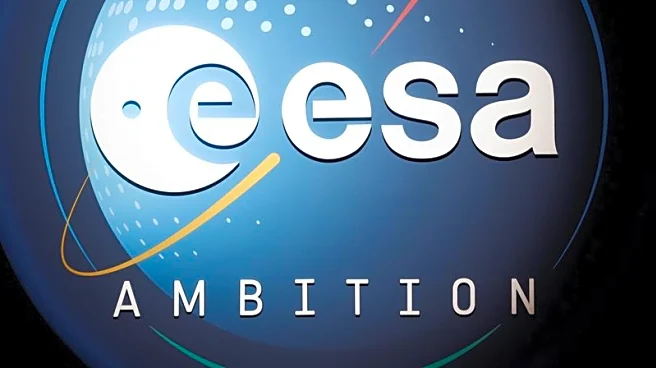Rapid Read • 7 min read
A total lunar eclipse, known as the 'Blood Moon' due to its reddish hue, is set to occur on September 7 and 8, 2025. This event marks the second and final total lunar eclipse of the year, lasting over five hours with 82 minutes of full totality. The eclipse will be visible in regions including India, China, Russia, western Australia, eastern Africa, and much of central Asia. Unfortunately, North America will miss the full spectacle as the moon will have already set, though the western tip of Alaska might catch a partial phase. The eclipse will be broadcast online by the Virtual Telescope Project in Italy, allowing global audiences to witness the event.
AD
Lunar eclipses, particularly total ones, are significant astronomical events that draw interest from scientists and enthusiasts alike. They offer opportunities for educational outreach and public engagement in astronomy. The visibility of this eclipse across multiple continents highlights the interconnectedness of global astronomical phenomena. For regions able to view the eclipse, it provides a chance to observe celestial mechanics in action without the need for special equipment, unlike solar eclipses. The event also underscores the importance of international collaboration in astronomy, as organizations like the Virtual Telescope Project facilitate global access to such spectacles.
While the eclipse itself is a singular event, it may inspire increased interest in astronomy and related sciences. Educational institutions and observatories might organize viewing events or workshops to capitalize on public interest. Additionally, the eclipse could lead to discussions on the importance of preserving dark skies and reducing light pollution, which can hinder astronomical observations. As technology advances, future eclipses may be captured and analyzed with greater precision, contributing to scientific understanding of lunar and planetary dynamics.
AD
More Stories You Might Enjoy













